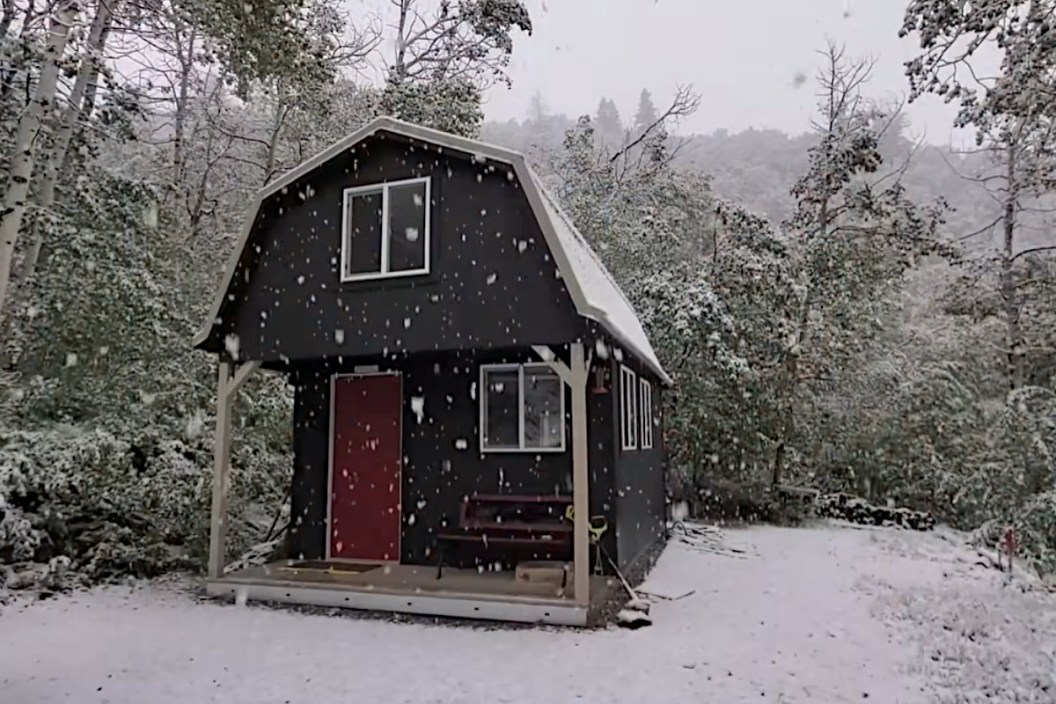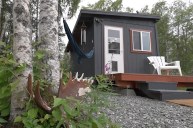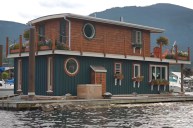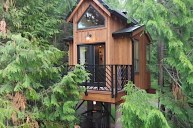The off-grid lifestyle has a certain charm: a quiet place to unplug from the stresses of modern life and enjoy nature. Some people go all-in with full time off-grid living. Others, such as YouTuber Fearless Rambler, opt to build a part time oasis to escape from the everyday.
The method here is to purchase a standard garden-style shed from Home Depot and transform it into a comfortable tiny home, complete with an off-grid power source and kitchen.
In his video, the Fearless Rambler walks viewers through the process step-by-step, from what to consider when purchasing a shed to drywalling to kitchen cabinets and loft construction. It starts out in the parking lot of Home Depot, where he discusses what to look for in a good shed that could be converted into an off-grid cabin, such as sturdy construction, strong walls, and premium building materials.
"Better floor, better walls, better door...and better roofing were all important to me," he said. "Because I want this tough shed to last a long time."
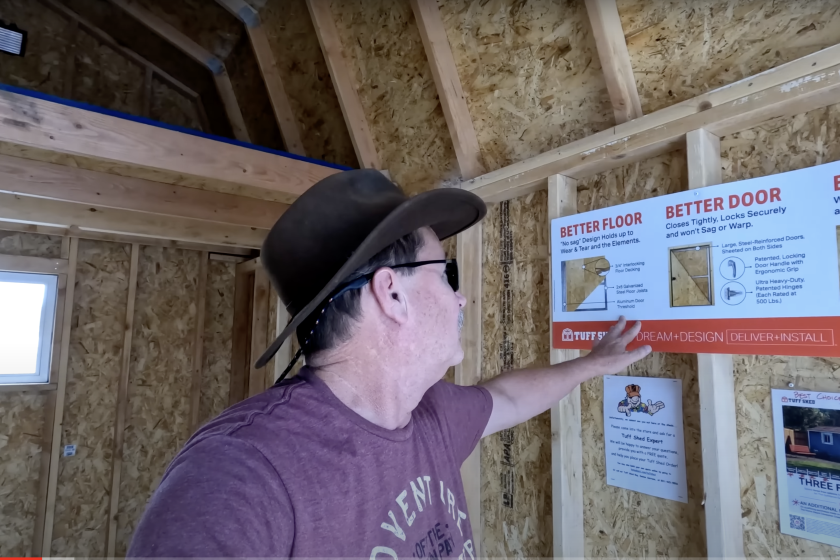
Youtube, Fearless Rambler
The first upgrade was to install a 12 volt and 110 electrical wiring system and insulate the shed walls, which he playfully calls an "itchy job."
Then there is the drywall. That part of the process he suggests hiring out, although he and his wife did tackle it themselves and were satisfied with the results. Next up is new laminate flooring, which he proudly boasts he purchased on clearance. We like to save a buck where we can as well. After the flooring is laid, it's on to paint and trim.
Once the bones have been finished, it is time to start assembling the inside space. The kitchen comes together with a kit from IKEA. The loft space is cozied up by laying a carpet, installing a sturdy banister, ladder stairs, and rail, and furnishing with a bed (again from IKEA.)
The kitchen is made functionable by installing a sink drain and adding a refrigerator.
Aside from the door, he didn't change the exterior aesthetics of this shed too much. Most of the work went into the interior, and it ended up looking great!
Next up is a breakdown of the shed's solar power system, which is fueled by some basic solar panels purchased at Home Depot, which bring energy into the inverter, where it is then stored until needed.
One gripe about the Home Depot solar panels was that they did not come with a connector needed to complete the system, so he had to purchase an adapter separately.
The Fearless Rambler mentions that this 400-watt energy system may not be enough to power the refrigerator. Whether it does or doesn't is left to be determined, as the video provides no definitive answer there. The refrigerator setup may have worked perfectly fine for his uses, but a smaller dorm fridge or a Dometic-style cooler would probably work just as well and take up less space and energy. That basic solar setup would work fine for someone who only plans to run the lights and fans but might need a boost to do much more than that. He did say that the set up the original wiring to handle 700-watts, so there is some wiggle room to add more solar panels. The great thing about solar systems is that you can keep adding solar panels and batteries later to increase the capacity of the system.
At the end of this video, he concludes by saying this isn't just a weekend job, this project was more than two years in the making.
This shed came together at probably slightly cheaper price point than building an entire tiny home from scratch, with the added convenience of not having to build it on site. Sheds are blank slates, and the direction is left to the user to get as creative, or keep it as simple, as preferred.
READ MORE: Man Builds Incredible Off-Grid Cave Home In Mountains of Utah
